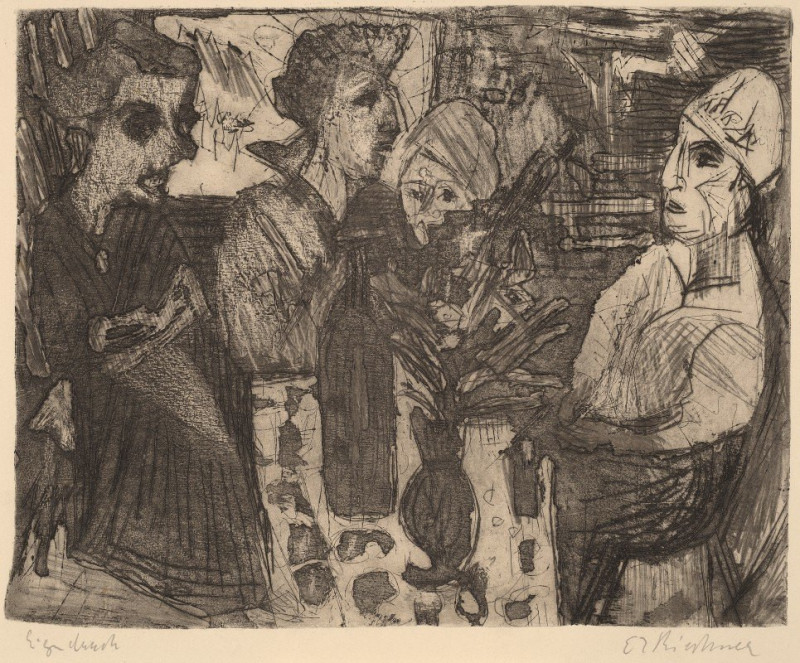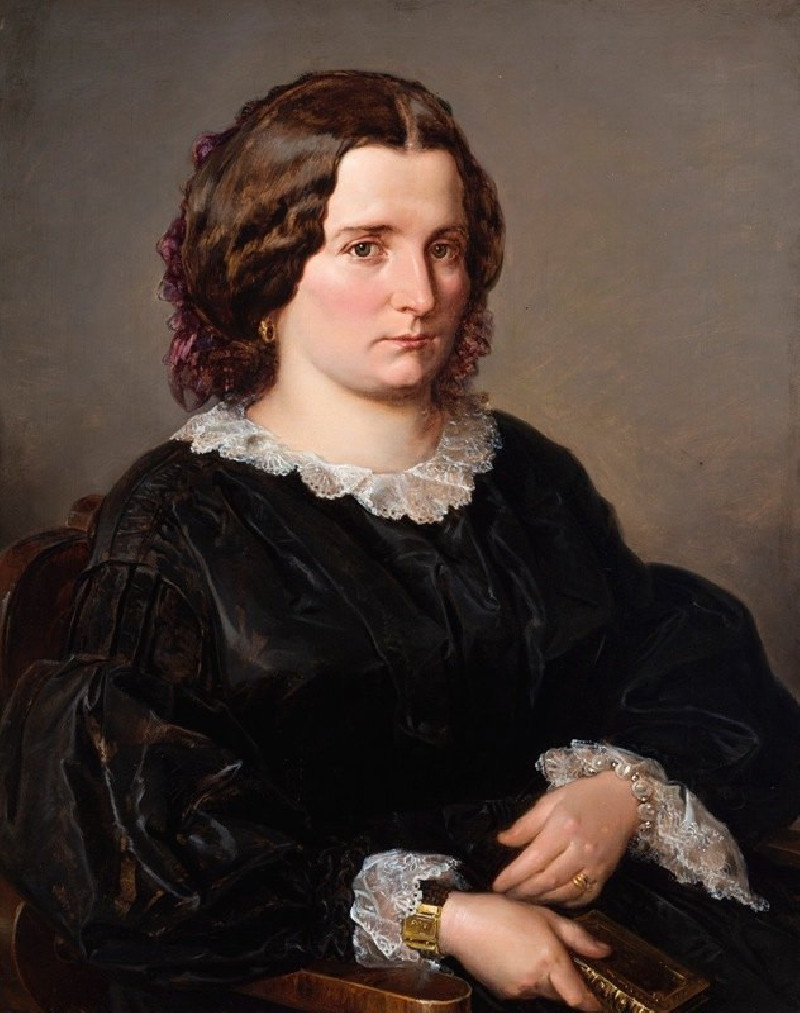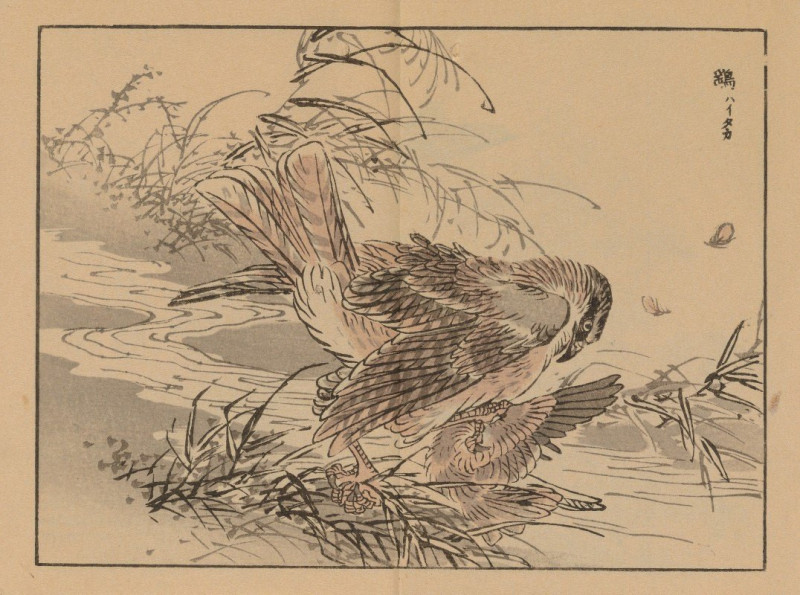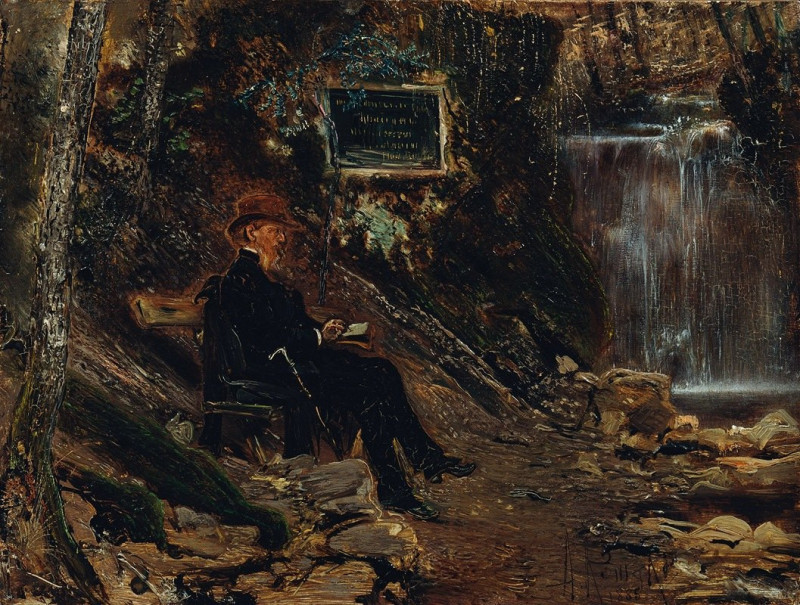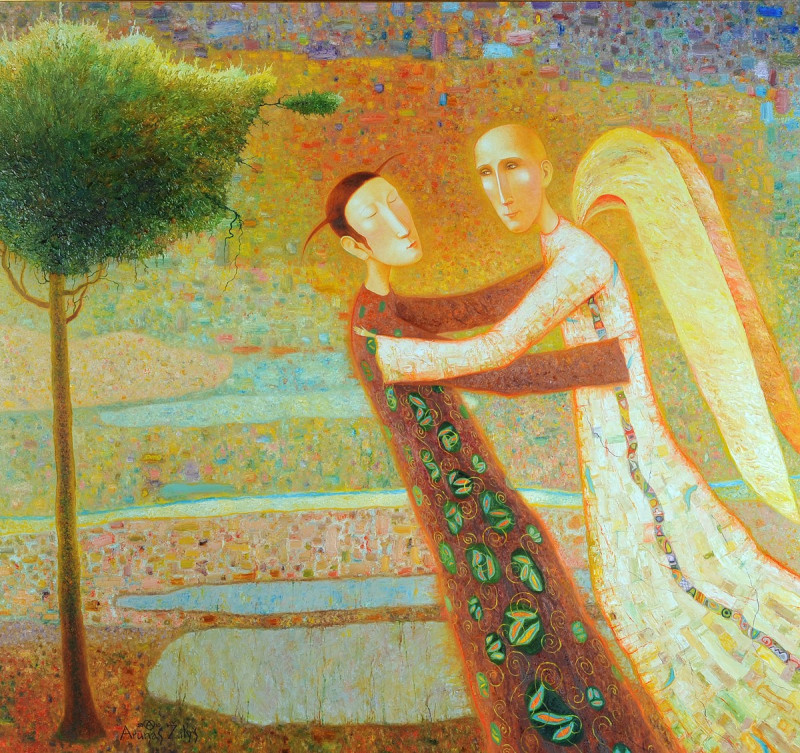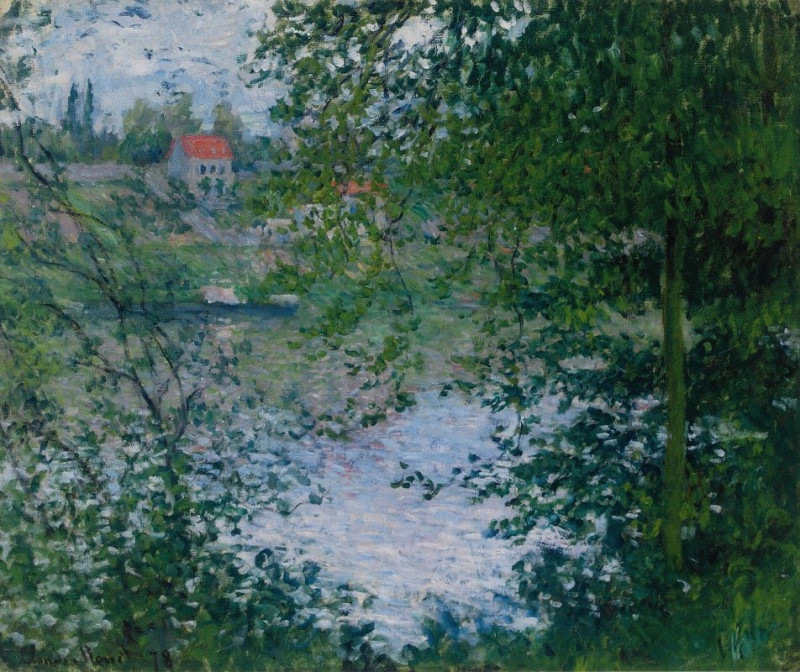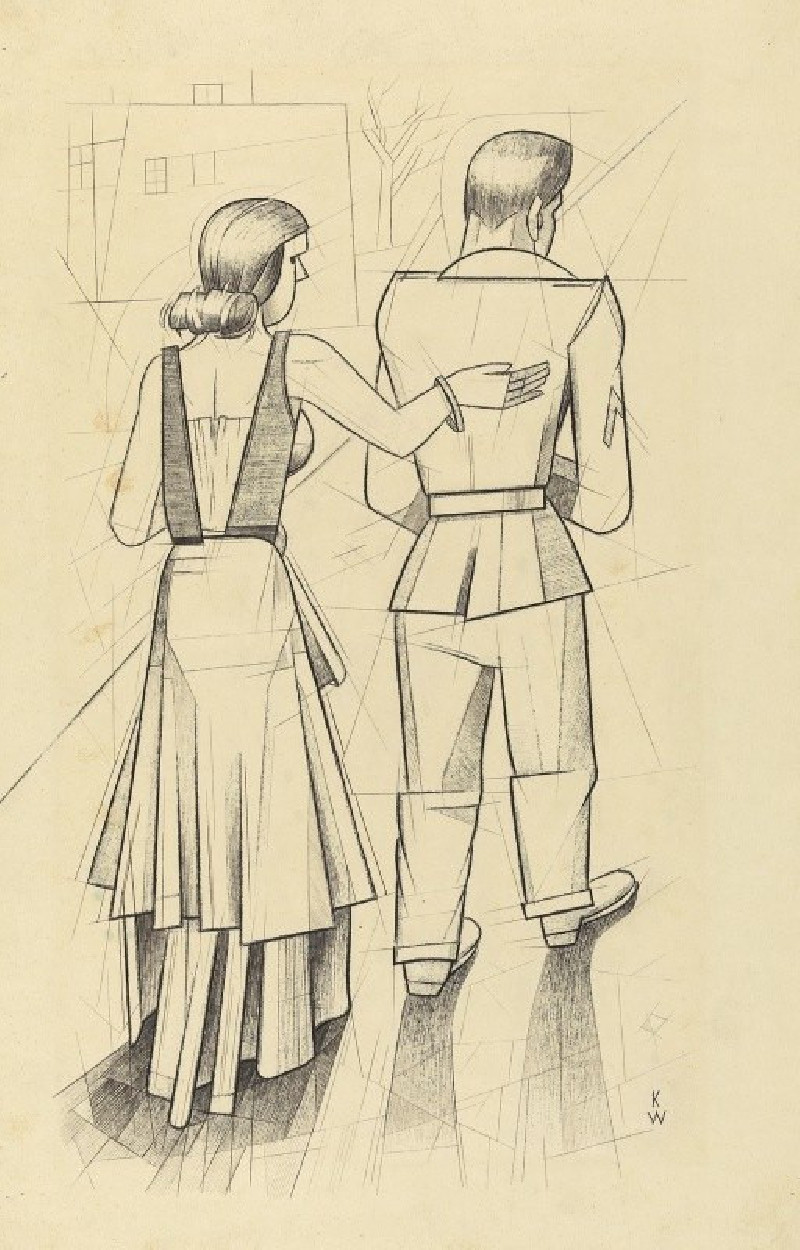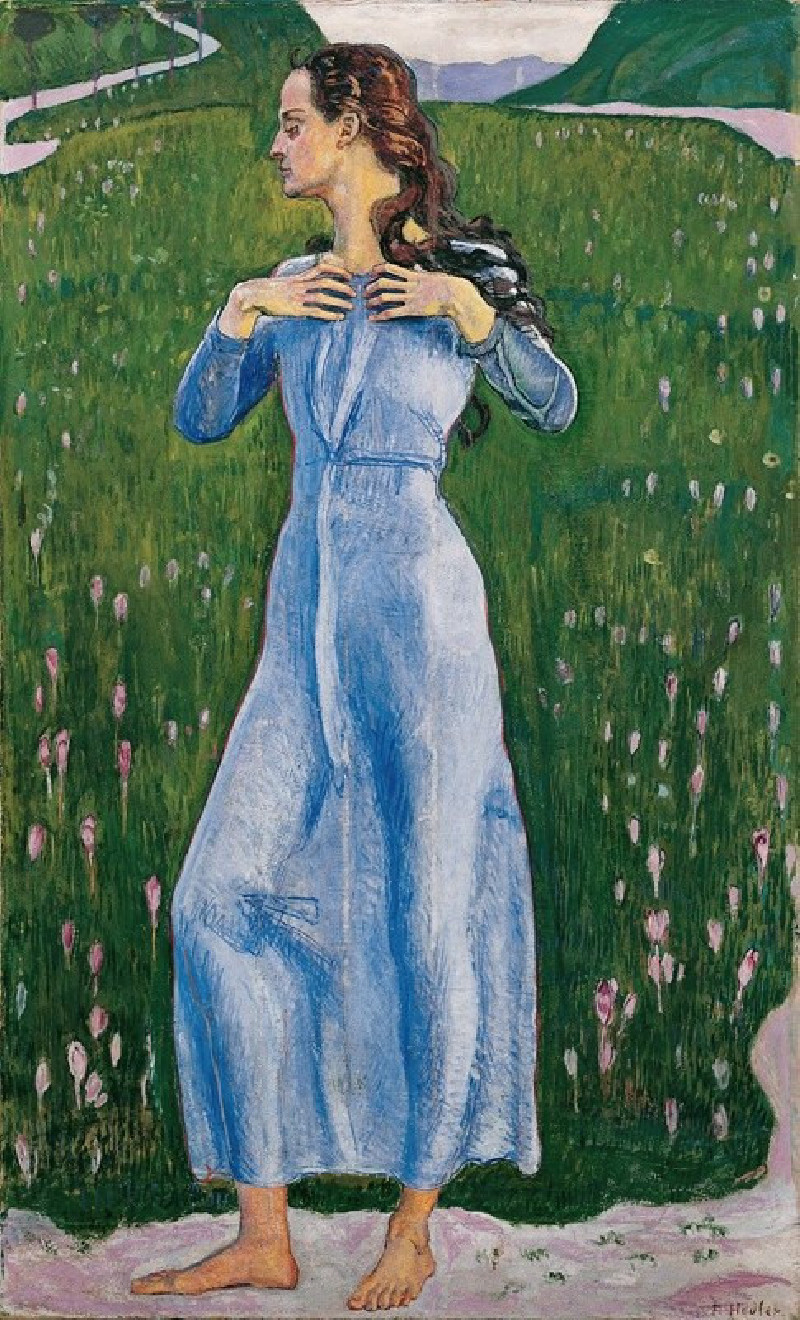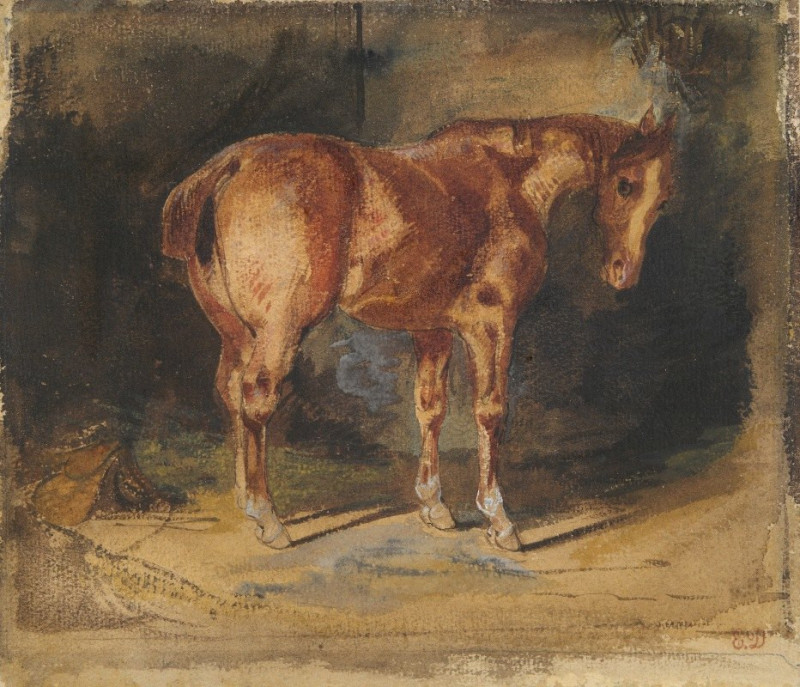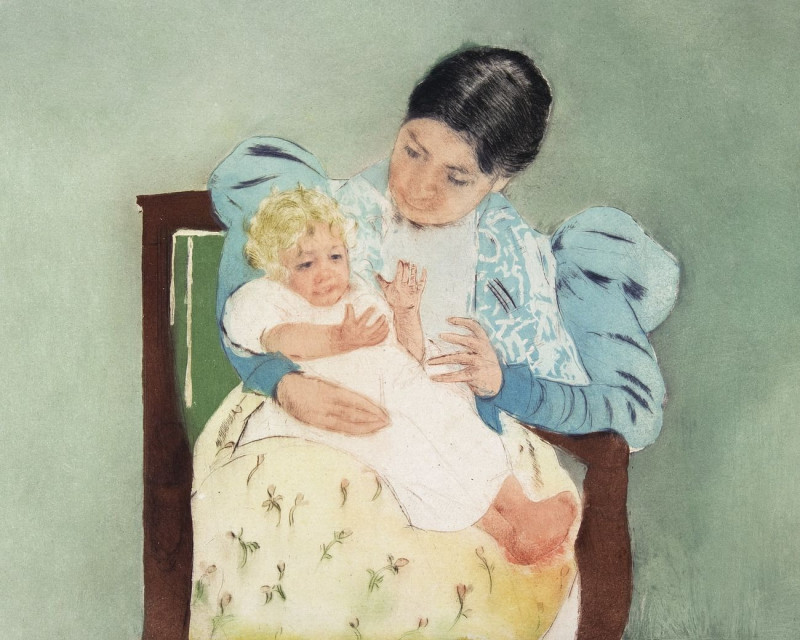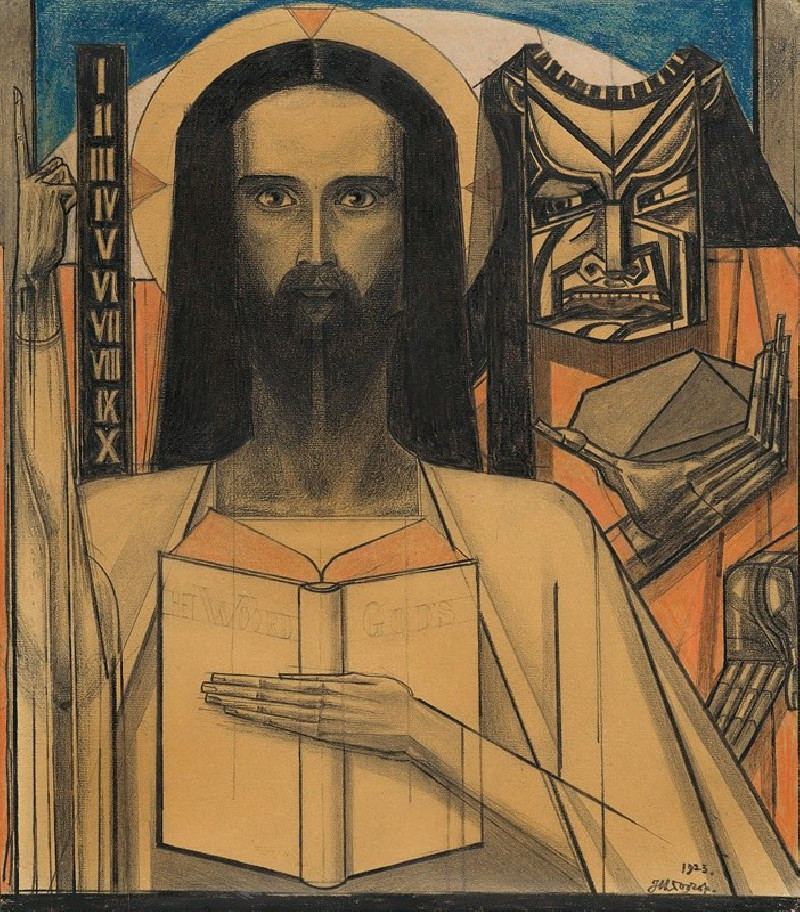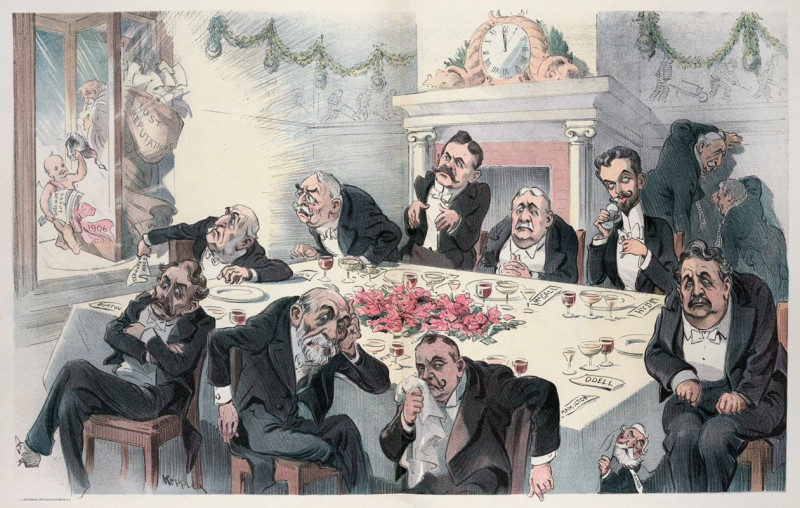Women at a Table in a Room (1920)
Technique: Giclée quality print
Recommended by our customers
More about this artwork
In "Women at a Table in a Room," Ernst Ludwig Kirchner captures the essence of a dynamic, intimate gathering with striking expressionistic flair. This etching, made in 1920, showcases Kirchner's adept handling of line and form to convey emotional depth and psychological tension among the figures depicted.The scene unfolds within a cozy, albeit somewhat chaotic, interior. Three main figures, presumably women, dominate the composition. Each woman portrays a distinct attitude: one appears introspective and absorbed in thought, another engages actively with her surroundings, and a third looks out solemnly towards the viewer, creating a bridge between the depicted scene and the audience.Kirchner's style is characterized by bold, distorted lines and a palpable sense of movement, suggesting the emotional undercurrents swirling within the quiet moment. The background, filled with indistinct shapes and resonant shadows, adds to the atmosphere of confined intensity. Objects on the table, though roughly sketched, hint at a casual gathering—perhaps a shared meal or a moment of collective creativity or discussion.The artwork is not just a visual study but an exploration of the modern woman's role in the society of Kirchner's time, portrayed through the lens of the expressionist movement. It invites viewers to contemplate not just the personal stories of these figures, but also the broader societal context in which they exist.
Delivery
Returns
Ernst Ludwig Kirchner (1880–1938) was one of the most important German Expressionist painters. He was a co-founder of Die Brücke, a group of German expressionist artists formed in Dresden in 1905. Die Brücke and Kirchner took inspiration from Vincent Van Gogh and Edvard Munch, as well as African and Oceanic art. They used woodblock printing as a medium to showcase their signature style: flat, unrealistic images with vivid colors. The recurring themes in Kirchner's artworks included exotic cultures, faraway landscapes, self-portraits, dancers and Berlin street life. His paintings and prints effectively portrayed non-European cultures despite the fact that he never traveled outside of Europe.

